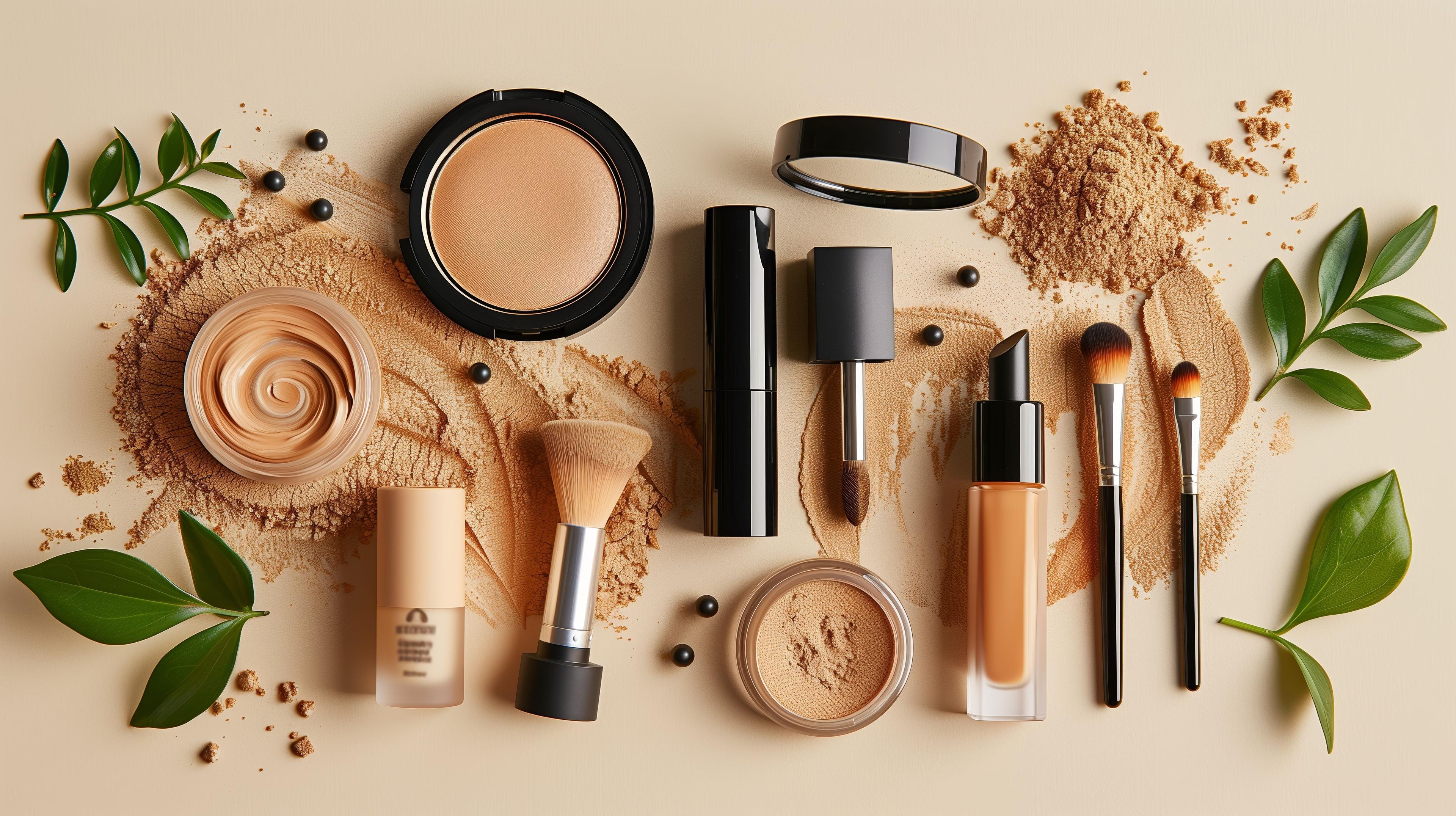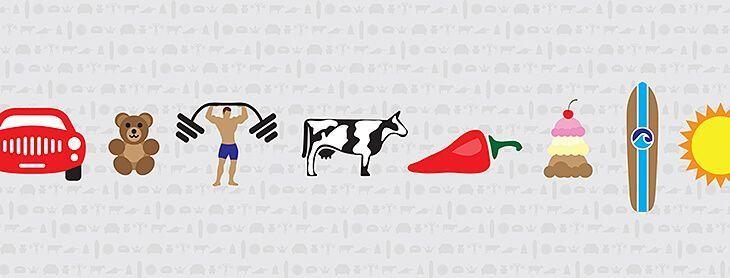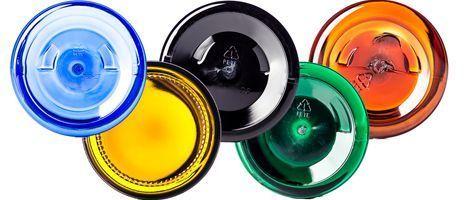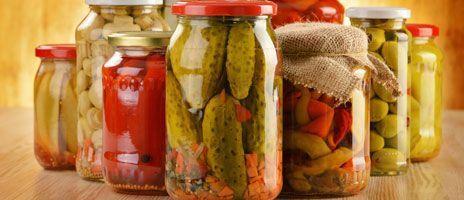The Role of Cosmetic Containers in Branding and Marketing


More Than Just Packaging
Cosmetic containers serve a purpose beyond simply holding a product—they are a critical element of branding and marketing. The right packaging can elevate a brand’s image, attract consumers, and create a lasting impression. In today’s competitive beauty industry, where shelf appeal is everything, investing in the right cosmetic containers can make a significant difference in consumer perception and brand success.
Packaging influences consumer perception even before a product is tested. A well-designed container can create intrigue, enhance user experience, and encourage repeat purchases. Understanding how different elements of cosmetic packaging contribute to branding and marketing can help businesses develop an effective packaging strategy. Furthermore, packaging is an extension of the brand's promise, communicating values such as sustainability, innovation, and exclusivity to potential customers.
1. First Impressions Matter
The design of a cosmetic container is often the first thing a potential customer notices. Whether it’s a sleek, minimalist glass bottle or a vibrant, eco-friendly tube, packaging plays a crucial role in forming the initial impression of a brand.
Consumers associate specific packaging styles with different price points, product quality, and brand philosophy. The more attractive and well-designed the container, the more likely it is to capture attention and encourage purchase decisions. Research suggests that consumers make subconscious judgments about a product within seconds of seeing it, making the visual appeal of packaging an essential aspect of branding.
Key Considerations:
- Color psychology: Different colors evoke different emotions and perceptions. For instance, gold and silver exude luxury, while green and brown convey eco-friendliness. Red can suggest passion and excitement, while blue communicates trust and reliability.
- Shape and material: Luxury brands may opt for glass, while trendy or eco-conscious brands might choose sustainable alternatives. Unique packaging shapes can differentiate a product and make it more recognizable on crowded shelves.
- Typography and labeling: Fonts and design elements reinforce brand identity. Minimalist brands may use clean, sans-serif fonts, while playful brands may opt for handwritten or script-style typography. Informative labeling that clearly communicates benefits and ingredients also builds consumer trust.
2. Communicating Brand Identity
Cosmetic packaging should align with the overall brand image and target audience. A brand focusing on luxury skincare may use elegant glass bottles with gold accents, while a fun, youthful makeup brand might choose bold colors and unique shapes.
The brand’s core values and messaging should be reflected in the container design, from the material choice to the finishing details. Packaging can communicate a product’s natural ingredients, cruelty-free status, or high-end positioning without using words. The tactile experience of handling a well-crafted container also reinforces brand perception.
Examples:
- Luxury brands: High-end materials like frosted glass, metallic finishes, and minimalist designs emphasize exclusivity.
- Organic brands: Earthy tones, recycled materials, and simple, natural aesthetics highlight sustainability. Brands that incorporate biodegradable or refillable packaging align with eco-conscious consumer preferences.
- Trendy brands: Bright colors, playful designs, and unconventional shapes appeal to a younger demographic.
- Scientific or dermatologist-backed brands: Sleek, clinical packaging with clear labeling conveys trust and efficacy.
3. Differentiation in a Crowded Market
The beauty industry is highly competitive, with countless products vying for consumer attention. Unique cosmetic containers help brands stand out and establish a strong market presence.
A brand with distinctive packaging is more likely to be remembered, increasing the likelihood of repeat purchases and word-of-mouth recommendations. Differentiation is especially important in e-commerce, where consumers rely on visuals to make purchasing decisions. In physical retail, an eye-catching package can encourage impulse purchases and reinforce brand recall.
Strategies for Standing Out:
- Innovative packaging designs: Magnetic closures, dual-chamber bottles, or stackable containers add a unique touch.
- Limited-edition packaging: Seasonal collections or collaborations that generate buzz and create a sense of urgency. Special packaging for holiday releases can drive sales spikes.
- Personalized packaging: Customization options for consumers, such as engraved names or refillable containers, enhance brand connection.
- Interactive packaging: QR codes, augmented reality experiences, or smart packaging can engage consumers beyond the physical product. Digital elements can provide skincare tutorials, ingredient explanations, or loyalty rewards.
4. Enhancing the Consumer Experience
Great packaging doesn’t just look good—it enhances the user experience. Functional packaging ensures that products are easy to use, store, and carry, which boosts consumer satisfaction and brand loyalty.
User-friendly packaging can reduce product waste, improve application, and provide a more enjoyable overall experience. Brands that invest in high-quality packaging are more likely to receive positive customer reviews and repeat business.
Functional Features:
- Airless pumps: Preserve product freshness and minimize waste by preventing air exposure.
- Compact, travel-friendly designs: Ideal for on-the-go consumers who need convenient packaging.
- Refillable and sustainable options: Encourage repeat purchases and reduce environmental impact. Brands offering refill stations create a circular economy model.
- Leak-proof seals and secure closures: Essential for liquid-based products to prevent spills.
- Clear or see-through elements: Allow consumers to monitor product usage, which is particularly useful for skincare and foundation products.
- Ergonomic design: Easy-to-hold bottles and applicators improve usability and appeal.
5. Sustainability and Ethical Branding
With increasing awareness of environmental issues, consumers are prioritizing sustainable beauty products. Eco-friendly packaging choices not only reduce environmental impact but also attract conscious consumers. Brands that emphasize sustainability in their packaging can differentiate themselves and build stronger consumer trust.
Consumers are increasingly looking for brands that align with their values, and sustainable packaging can be a deciding factor in purchasing decisions. Many companies are now adopting environmentally friendly practices, such as eliminating excess packaging, using biodegradable materials, and offering refillable options.
Sustainable Packaging Trends:
- Biodegradable materials: Bamboo, paper-based tubes, or plant-based plastics break down naturally without harming the environment.
- Recyclable options: Glass and post-consumer recycled plastics support circular economies.
- Minimalist packaging: Reducing excess materials and waste to focus on functionality.
- Waterless beauty products: Concentrated formulas in sustainable containers reduce packaging needs and enhance eco-friendliness.
- Carbon-neutral packaging: Using renewable energy sources and offsetting emissions in the manufacturing process.
- Reusable packaging: Encouraging customers to return containers for refills fosters long-term sustainability efforts.
6. Packaging as a Marketing Tool
Beyond aesthetics, packaging plays a crucial role in marketing strategies. A well-designed container can create unboxing experiences that encourage social media sharing, influencer partnerships, and organic brand promotion.
Marketing Opportunities:
- Unboxing experiences: Unique packaging encourages customers to share their experience on social media.
- Subscription boxes: Custom packaging can make monthly subscription services feel exclusive and premium.
- Loyalty programs: Refillable or collectable packaging can incentivize repeat purchases.
- Cross-brand collaborations: Limited-edition packaging created in collaboration with influencers or celebrities can boost brand exposure.
- Smart packaging: QR codes, NFC technology, or digital elements that provide additional product information, tutorials, or loyalty rewards.
- Augmented reality (AR) experiences: Brands can create virtual try-ons or behind-the-scenes content accessible through smartphone scanning.
The Power of Packaging in Branding
Cosmetic containers are more than just functional—they shape brand perception, attract customers, and drive sales. Whether focusing on luxury, sustainability, or innovation, the right packaging choices can elevate a brand’s presence in the beauty industry. Investing in high-quality, well-designed containers is a strategic move that enhances both branding and marketing success.
With consumer preferences shifting toward sustainability, convenience, and unique experiences, brands that leverage packaging effectively will stay ahead of the competition. Understanding the psychological impact of packaging design, the importance of user experience, and the latest market trends will help brands create packaging that resonates with their audience.
Ready to elevate your brand’s packaging? Explore our range of cosmetic containers today!




